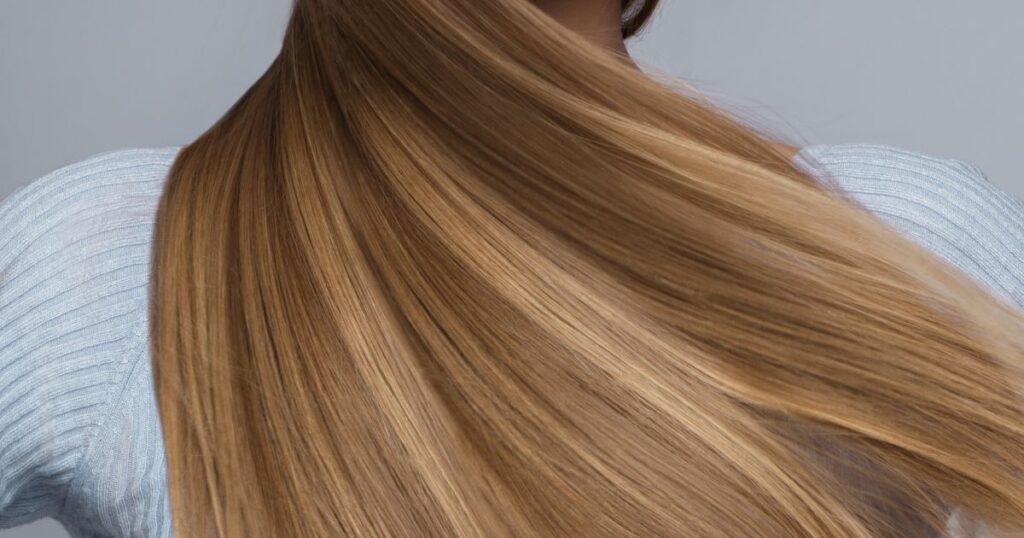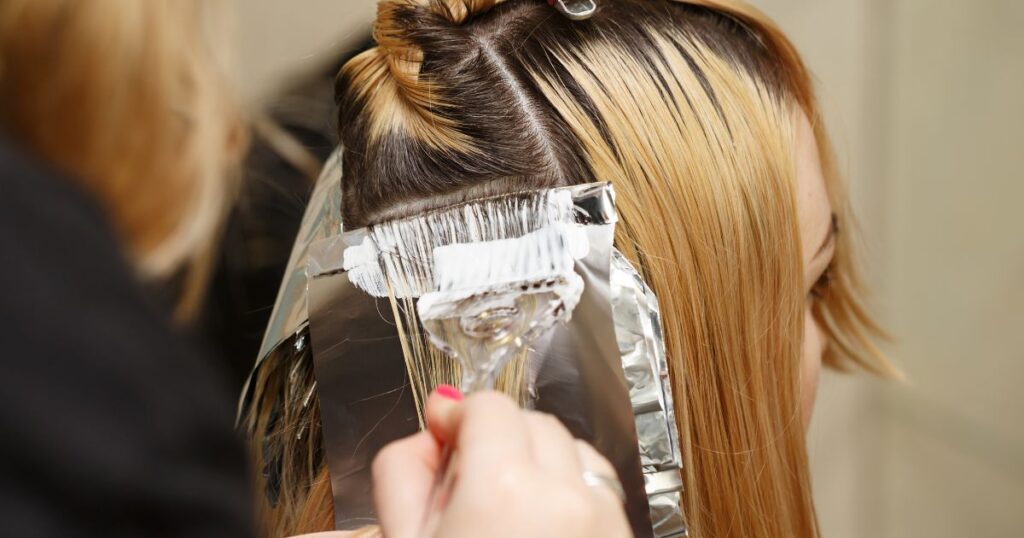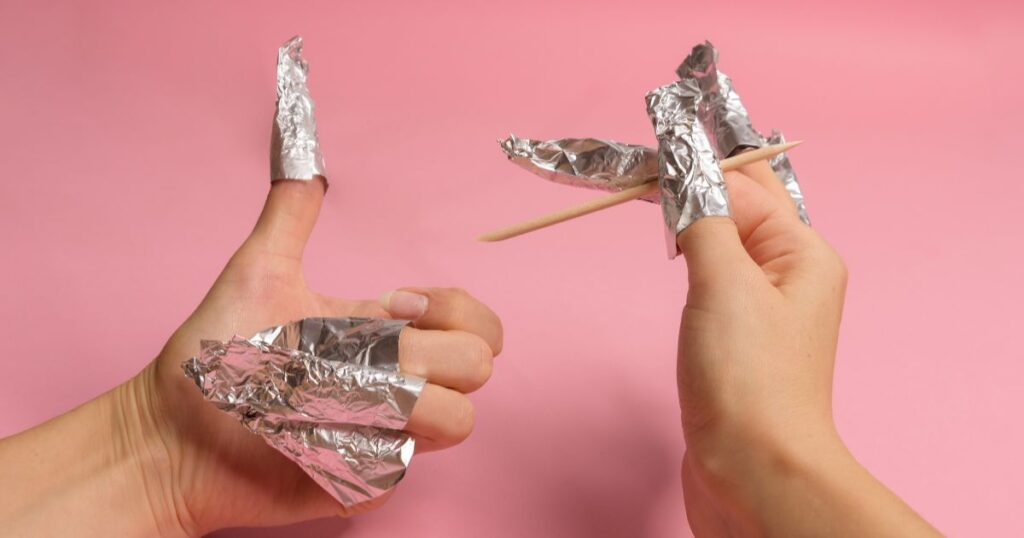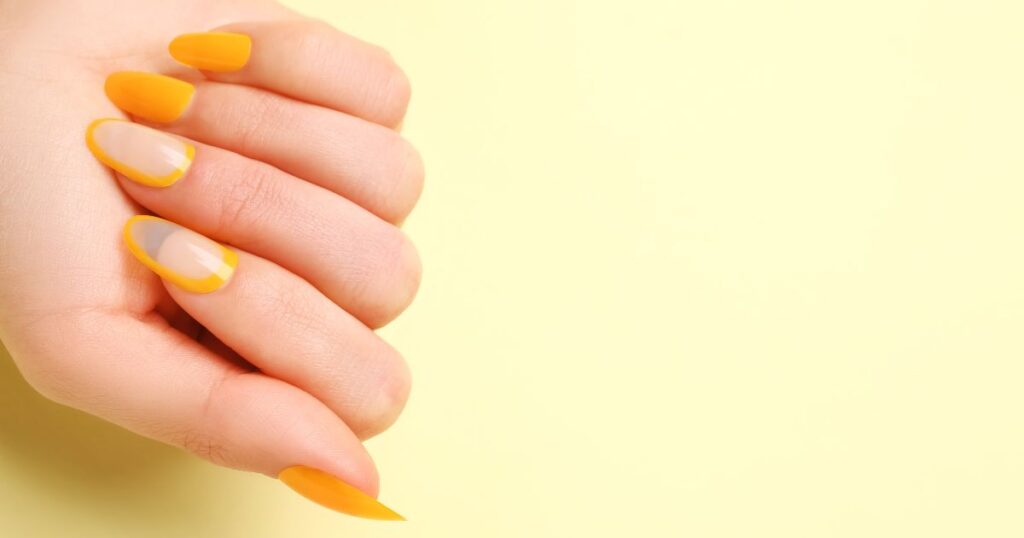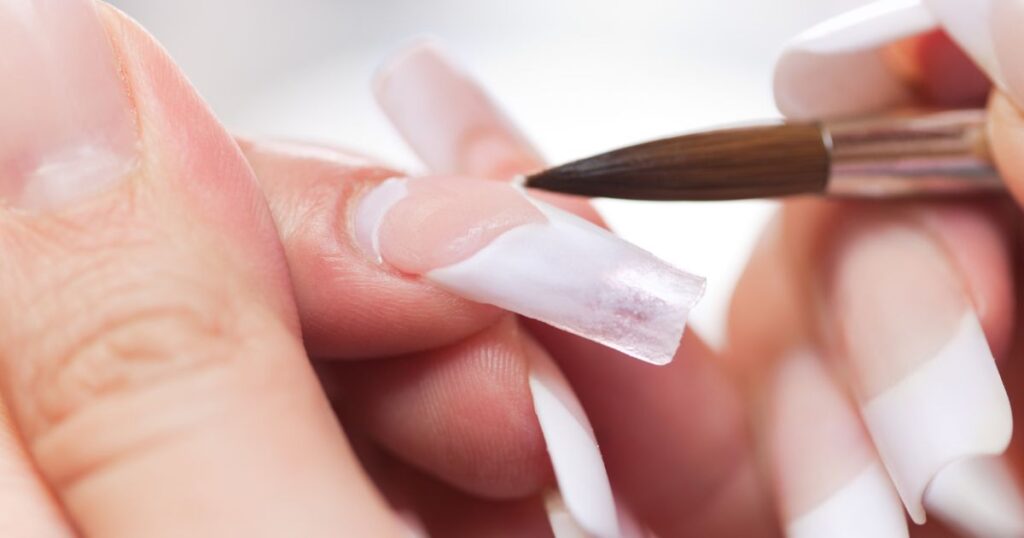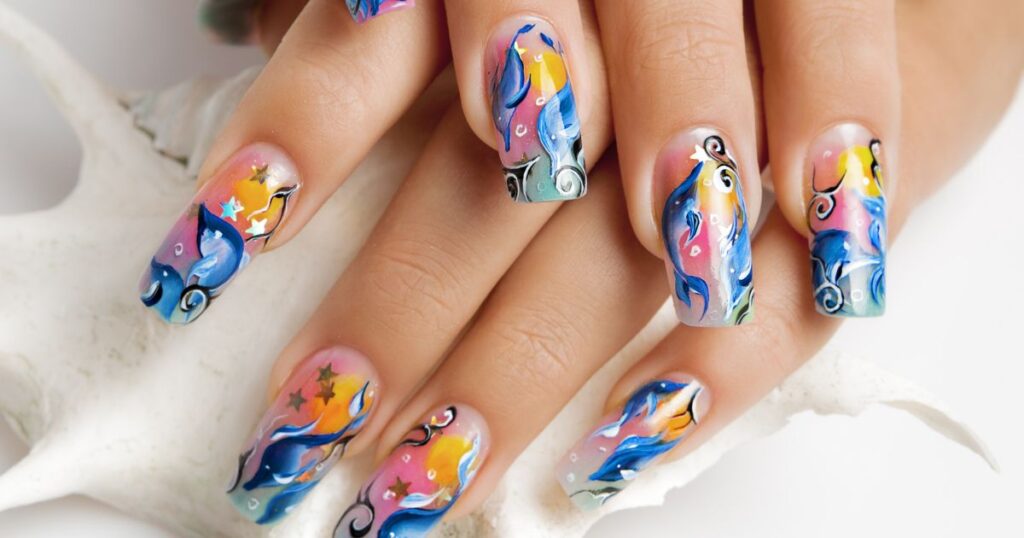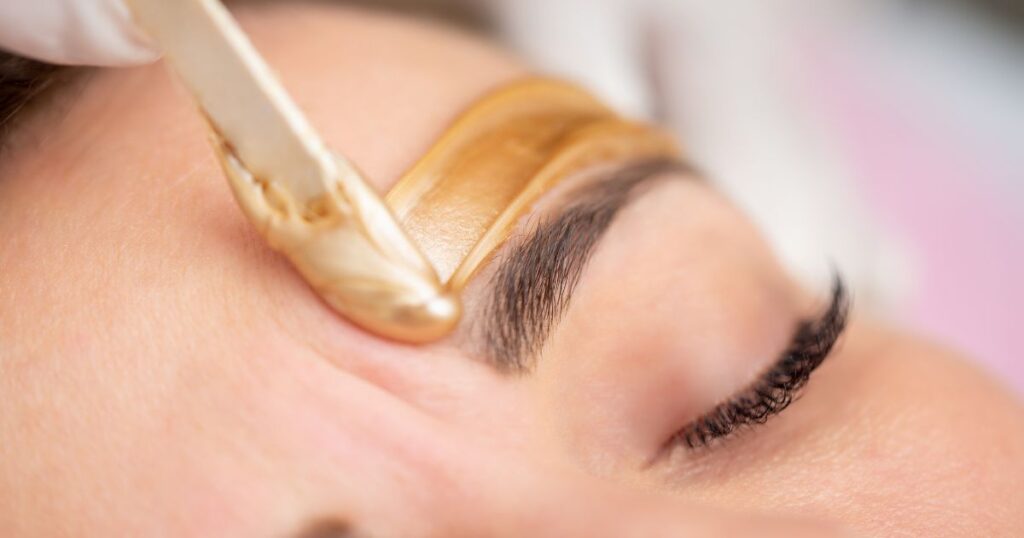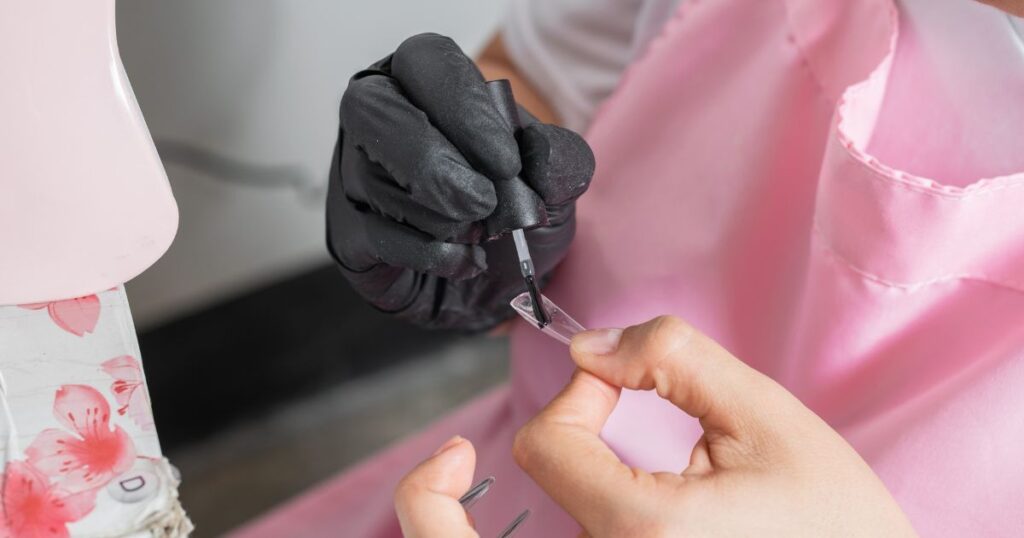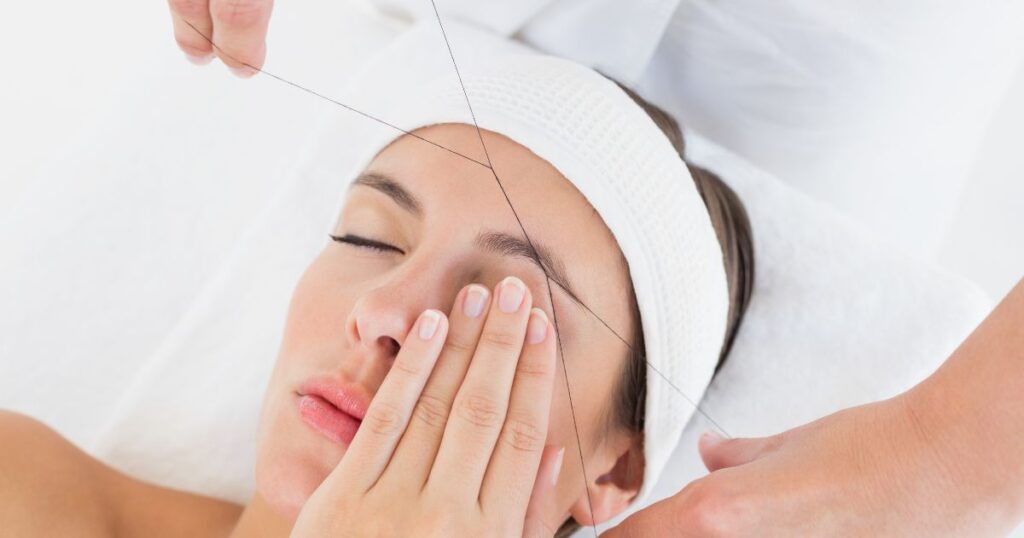How Much Do Hair Extensions Cost at a Salon?
If you’ve ever daydreamed about having hair that flows like a river, cascading down your back, you’re not alone. The desire for long, luscious locks has led many to explore the world of hair extensions. Before you dive into this transformative journey, it’s crucial to understand the cost associated with different types of hair extensions and the factors that can influence the price. Types of Hair Extensions Clip-Ins Tape-Ins Fusion Extensions Human Hair Extensions The Average Cost of Hair Extensions Understanding the average cost per type is crucial before making a decision: Prices vary based on factors like length, thickness, and hair type. Factors Affecting the Cost of Hair Extensions Several factors can influence the price of hair extensions: Extension Type: Quality of Extensions: Length and Quantity: Installation Difficulty: Salon Location: Stylist Expertise: Additional Costs Associated with Hair Extensions Beyond the initial extension cost, consider maintenance expenses and potential removal costs. Maintenance, required every few weeks, and professional removal can add to the overall investment. Tips for Getting the Best Price Do Your Research: Choose an Experienced Stylist: Consider Package Deals: Opt for Clip-Ins: FAQs: How much is a head full of extensions? The cost varies based on the type of extensions, ranging from $100 to over $3,000. Can you shower with hair extensions? Depending on the type, most extensions allow showering, but specific care instructions should be followed. Can I sleep with extensions in? Yes, depending on the type. Clip-ins are usually removed before sleeping, while other types can be slept in comfortably. Read Also: How Long Does it Take to Highlight Hair? General Extension Cost Overview The cost of hair extensions and installation ranges from under $100 to over $3,000, reflecting the quality of the extensions, stylist experience, and the amount of hair used. Quality extensions, such as hand-tied or hybrid, can cost between $1,500 and $3,000, offering longevity and a seamless, natural look. Hand-Tied and Hybrid Extensions: Tape-In Extensions: Clip-In Extensions: Bonded Extensions: Micro-Beaded Extensions: Fusion Extensions: Conclusion: Finding the best price for your hair extensions involves research, informed choices, and consideration of your specific needs. By following these guidelines, you can enhance your look with extensions that not only fit your budget but also provide a seamless, natural appearance. Remember, investing in your hair is an investment in your confidence and style.

